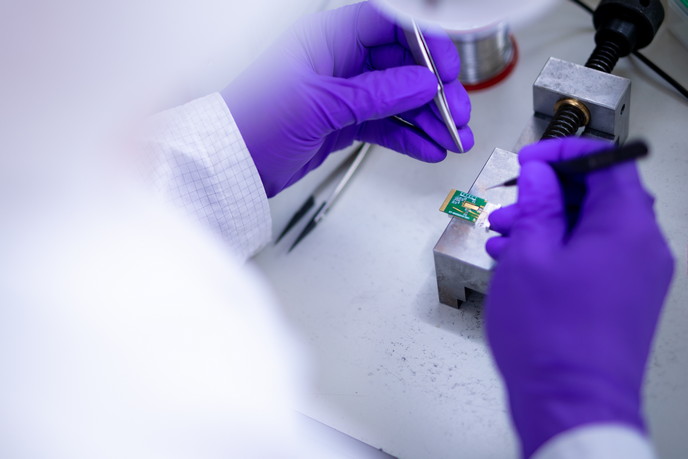Transportation information service
Most transportation service providers offer information about their services. However, to date, no interactive system exists that has linked all locally available public and private transportation services. Such was the goal of the 'Intelligent transport system optimized for urban trips' (www.itourproject.com (iTOUR)) project. The 11-member consortium ran from February 2010 to July 2013, during which period it received EUR 3.5 million in EU funding. The project aimed to develop an open framework, to be used by providers and users, to build an adaptive transportation information service. The system would offer advice to travellers’ about routes and schedules for combined transportation modes. In particular, the system offers alerts about schedule conflicts or opportunities. In addition, the system learns from users' preferences and usage patterns, and gradually tailors its recommendations. Over time, the combined feedback from many users will help providers improve services. i-TOUR achieved its aims, with a prototype system ready to be deployed. As a result, the project developed several innovative technologies. A mobile client shares local information for the community, and asks the community to validate the data; hence, the client includes rules for identity protection. In addition, the project developed a modular infrastructure to ensure effective distribution of system data. To enable adaptation to user preferences, and for efficient routing, the project worked to develop models of multi-modal transport networks using hypernetworks. Other developments included user-friendly mobility clients, and identification of business models intended to at least recover costs. Dissemination activities included a website, LinkedIn discussion groups, a YouTube channel, conference presentations and journal submissions, plus various workshops and meetings. One expected impact will be increasing democratisation of transport services, whereby service providers will respond to user feedback, thus giving users more control. Furthermore, the project will ultimately make public transportation safer, more efficient and more environmentally sustainable.
Keywords
Transportation, urban, information service, modes, multi-modal, hypernetwork







